19 results in Cambridge Studies in the History of Medicine
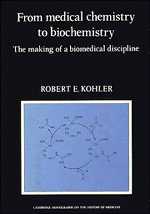
From Medical Chemistry to Biochemistry
- The Making of a Biomedical Discipline
-
- Published online:
- 07 October 2011
- Print publication:
- 31 May 1982

The Renaissance Notion of Woman
- A Study in the Fortunes of Scholasticism and Medical Science in European Intellectual Life
-
- Published online:
- 01 June 2011
- Print publication:
- 07 February 1980

A Social History of Wet Nursing in America
- From Breast to Bottle
-
- Published online:
- 06 July 2010
- Print publication:
- 23 February 1996

Charitable Knowledge
- Hospital Pupils and Practitioners in Eighteenth-Century London
-
- Published online:
- 07 May 2010
- Print publication:
- 26 April 1996
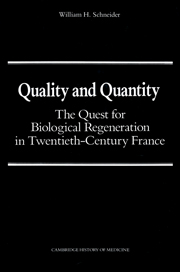
Quality and Quantity
- The Quest for Biological Regeneration in Twentieth-Century France
-
- Published online:
- 10 March 2010
- Print publication:
- 30 November 1990
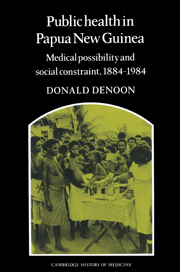
Public Health in Papua New Guinea
- Medical Possibility and Social Constraint, 1884–1984
-
- Published online:
- 11 February 2010
- Print publication:
- 18 May 1989
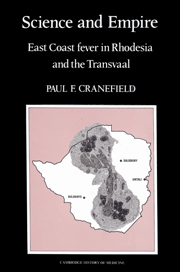
Science and Empire
- East Coast Fever in Rhodesia and the Transvaal
-
- Published online:
- 19 January 2010
- Print publication:
- 22 February 1991

Legal Medicine in History
-
- Published online:
- 08 January 2010
- Print publication:
- 09 June 1994

The Colonial Disease
- A Social History of Sleeping Sickness in Northern Zaire, 1900–1940
-
- Published online:
- 06 January 2010
- Print publication:
- 28 February 1992
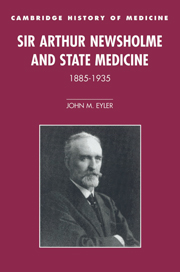
Sir Arthur Newsholme and State Medicine, 1885–1935
-
- Published online:
- 04 December 2009
- Print publication:
- 13 February 1997

International Health Organisations and Movements, 1918–1939
-
- Published online:
- 05 November 2009
- Print publication:
- 20 July 1995

Abortion, Doctors and the Law
- Some Aspects of the Legal Regulation of Abortion in England from 1803 to 1982
-
- Published online:
- 26 October 2009
- Print publication:
- 20 October 1988

Patients and Practitioners
- Lay Perceptions of Medicine in Pre-industrial Society
-
- Published online:
- 19 October 2009
- Print publication:
- 09 January 1986

Vital Accounts
- Quantifying Health and Population in Eighteenth-Century England and France
-
- Published online:
- 15 October 2009
- Print publication:
- 16 September 2002
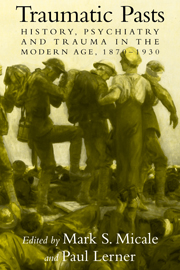
Traumatic Pasts
- History, Psychiatry, and Trauma in the Modern Age, 1870–1930
-
- Published online:
- 14 October 2009
- Print publication:
- 04 September 2001

AIDS and Contemporary History
-
- Published online:
- 14 October 2009
- Print publication:
- 25 March 1993
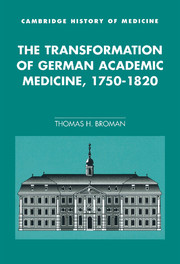
The Transformation of German Academic Medicine, 1750–1820
-
- Published online:
- 30 September 2009
- Print publication:
- 28 October 1996

Morbid Appearances
- The Anatomy of Pathology in the Early Nineteenth Century
-
- Published online:
- 22 September 2009
- Print publication:
- 30 October 1987

Mission and Method
- The Early Nineteenth-Century French Public Health Movement
-
- Published online:
- 17 September 2009
- Print publication:
- 25 September 1992

